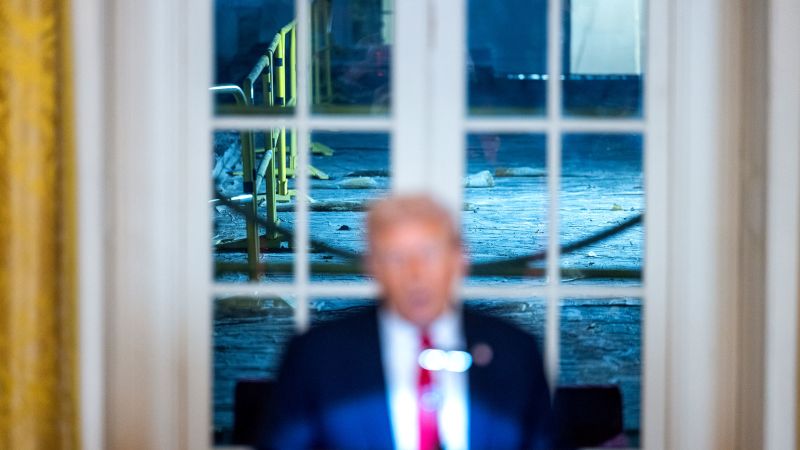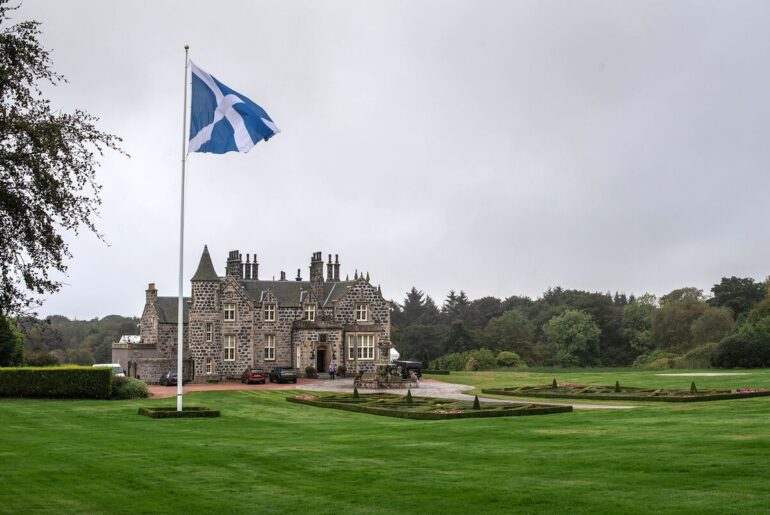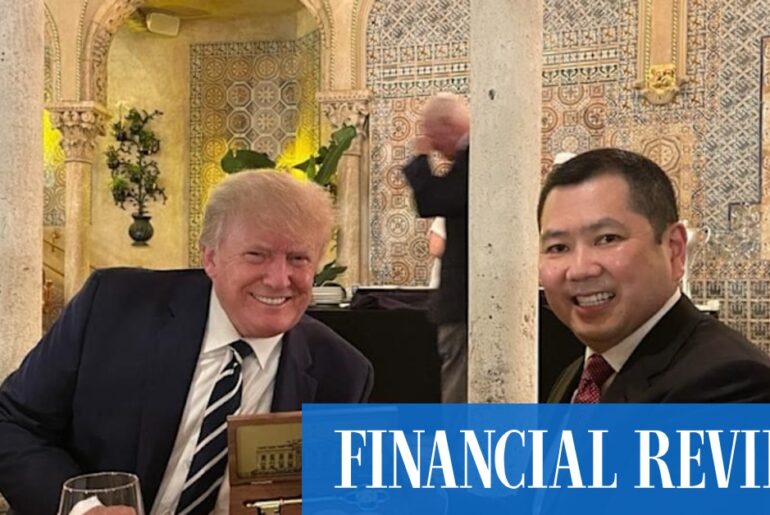President Donald Trump leads a weekly meeting at the White House where the agenda includes discussions on the size of windows, the placement of bathrooms and options for interior finishes for the East Wing ballroom he has promised to complete before leaving office.
Piles of sample materials that have been brought for Trump’s perusal sit in the Oval Office or the adjacent dining room, according to people who have seen them.
Visiting foreign leaders and members of Congress are sometimes asked to weigh in on materials or designs.
Over the last 10 months, Trump has personally selected the white limestone that lines the Rose Garden after laying out different slabs on the ground to compare them; dictated the type of flag poles to use on the North and South Lawns (tapered galvanized steel, with interior ropes); and picked out the chandeliers that hang from the Palm Room connecting the executive mansion to the West Wing.
As he paves, tiles, gilds and demolishes major swaths of the White House, Trump is overseeing the projects the same way he did in his years building towers, clubs and golf courses: focused on even the smallest details, down to the fixtures and stone.
Those who have worked with Trump to transform his private properties in New York and Florida told CNN that the president would take a notable personal interest in their renovation work.
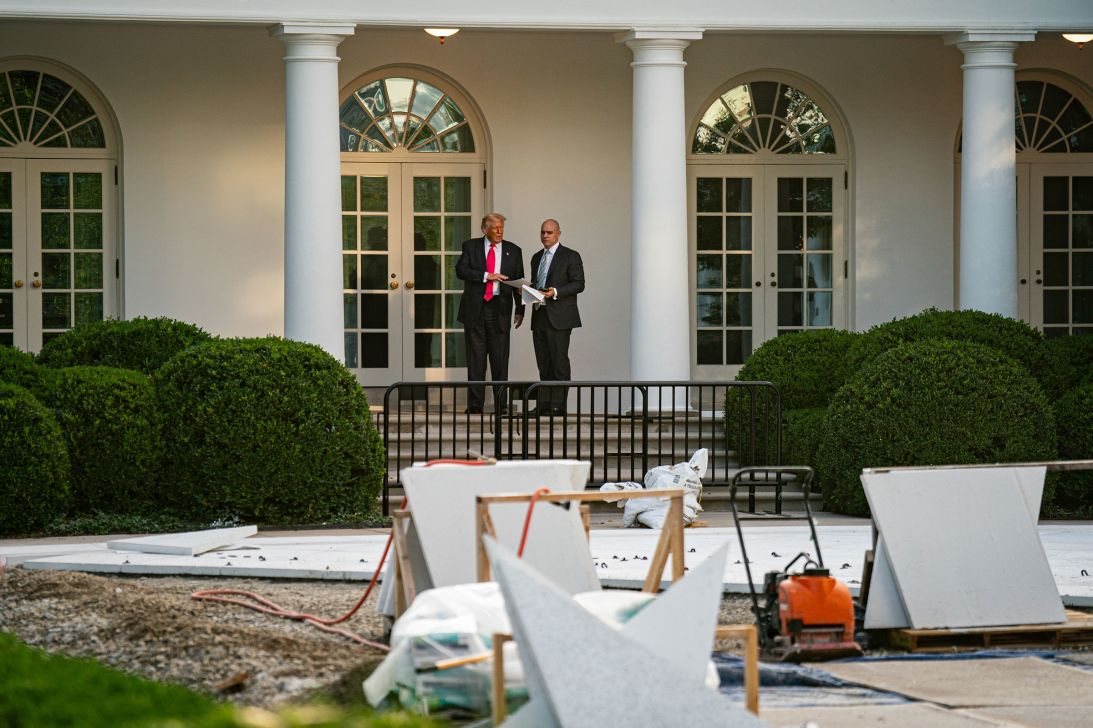
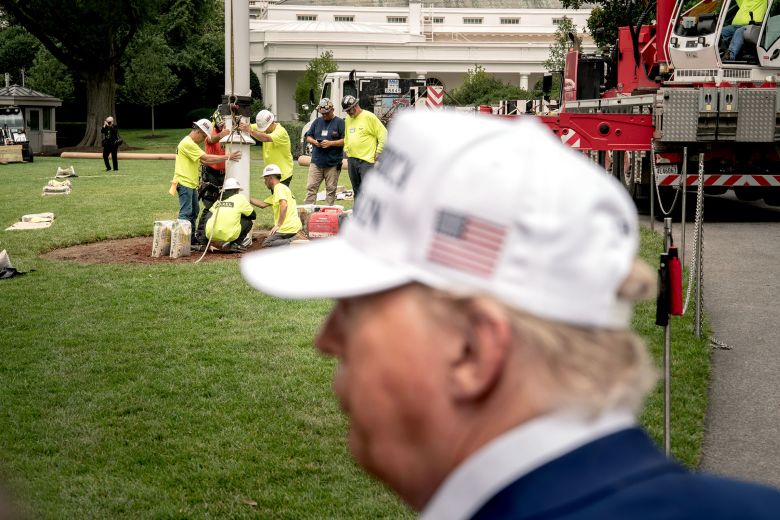
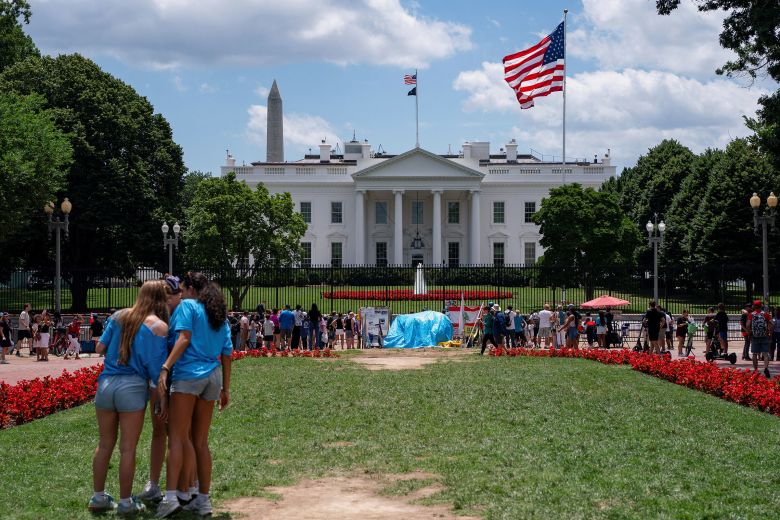
“My expectation was there might be three or four levels between me and him, and I would rarely see him,” said Wes Blackman, a project manager who worked with Trump at Mar-a-Lago for a decade in the 1990s and 2000s. “That couldn’t have been further from the truth. He’d call me all the time. I remember riding my bike getting calls when I wasn’t at the property.”
When architect Tamara Peacock was helping turn Mar-a-Lago into a private club in the 1990s, she remembered frequently meeting with Trump on Saturdays at the property while others had to wait.
“They’d be lined up in the foyer while we’re spending hours going over every light fixture and every paint color,” Peacock told CNN. “And he’d get in his limo and go buy light fixtures, and line them up and say, ‘What do you think?’”
White House officials describe Trump as a “builder at heart,” and say his focus on renovation projects serves as a creative outlet of sorts.
Even as the president seems to revel in his adopted role of builder-in-chief, the demolition of the East Wing and plans for a $300 million new ballroom have sparked criticism over cost, transparency and propriety.
Those who have worked with Trump in the past paint a picture of a developer who is demanding, but skilled at solving problems and finding his way through red tape. The current challenges for his White House construction, though, are as much about politics as they are project management.
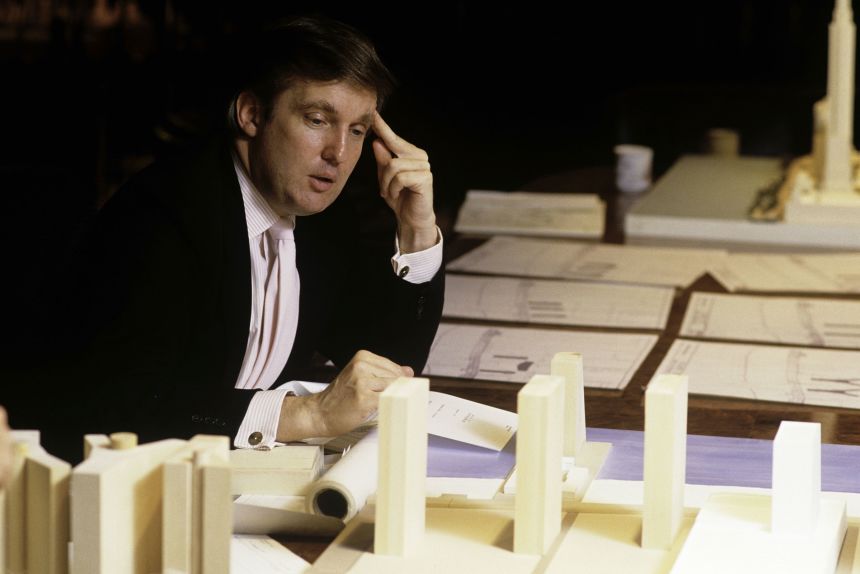
‘Ask me to do the impossible, and I’d pull out a rabbit’
Builders, architects and artisans who worked for Trump on his past construction and renovation endeavors praised his ability in the field.
Trump had a “good eye,” Peacock said, for “taking areas that were kind of ‘dungeoness’ — that was the word he used — and then he would come up with a way to kind of brighten it up and push life into it.”
During the 1990s Mar-a-Lago renovation, Trump would spend the weekdays at Trump Tower in New York and then fly down to Florida to have weekend meetings.
He pushed hard for progress on his projects, said Peacock, who now runs an architecture firm in south Florida and North Carolina.
“It’s not just a casual meeting where you’re sitting around with a friend — you have to be on your toes,” she said. “You really have to ramp up, coming up with your best ideas to solve problems on a Saturday morning.”
Trump always wanted the pace of projects to move quicker, said Blackman. When Trump would “ask me to do the impossible, I’d pull out a rabbit,” he said, likening his work that of a magician.
Trump used his signature black sharpie to mark up plans from his architects and project managers.
“He loves design, and on any project we’ve done for him, he always marks up the drawings,” said Rick Gonzalez, an architect who’s worked with Trump at Mar-a-Lago for three decades and helped build its ballroom in 2005. “He doesn’t cut corners. He does everything extremely well done, to the point where I’ve seen him on job sites say to rip it out and redo it because it’s not properly done.”
After the Rose Garden paving project was completed earlier this year, Trump noticed a deep gash in the new material. He insisted officials go through video surveillance to identify the culprit.
Gonzalez said that Trump focuses on the details of his projects whether he’s building a grand ballroom or the small guard house installed at the front of the Mar-a-Lago last year.
“He would get into discussions on the stone, what kind of stone is used, the quality of the woodwork … the colors, the roofing material,” said Gonzalez, who worked on two subsequent ballrooms at Trump’s properties in Florida and Scotland after Mar-a-Lago.
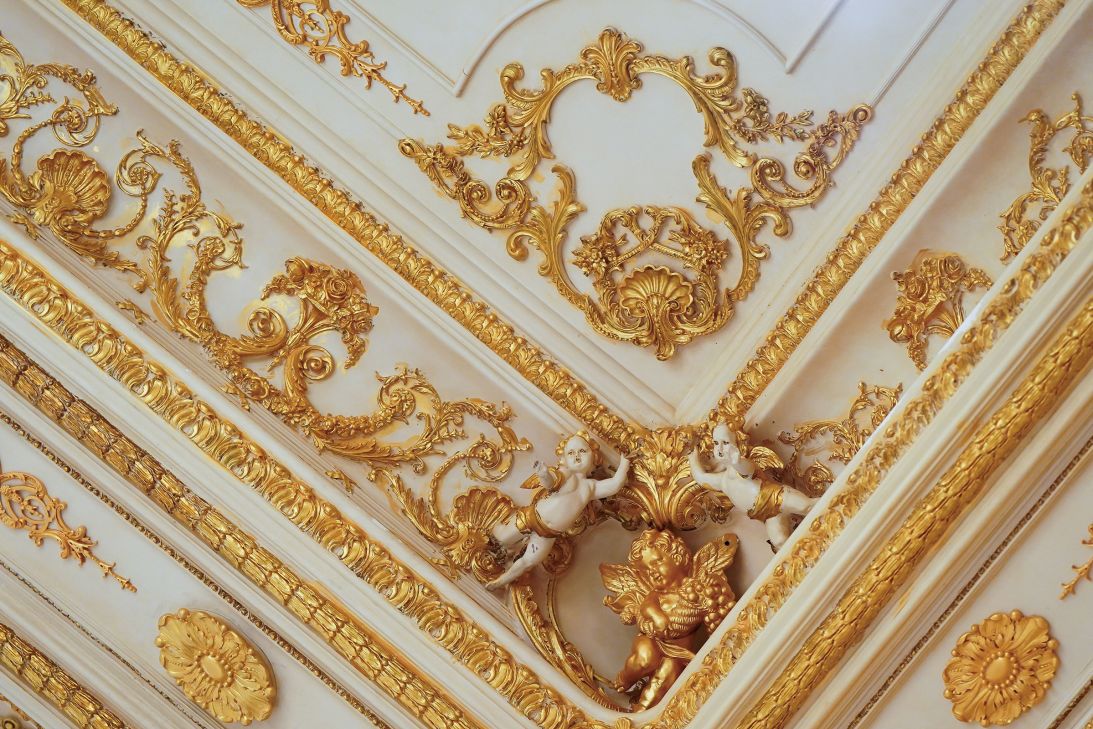
All that glitters and gleams
John Icart, a Florida cabinetmaker, has worked with Trump on numerous personal projects over three decades and is responsible for one of the finishes perhaps most synonymous with Trump’s name and aesthetic: gold.
He’s long worked at Mar-a-Lago and also helped with Trump’s golden additions to the White House during his first year in office, according to the Wall Street Journal.
Reached last month by CNN, Icart did not deny his involvement with the East Wing project, but said that he is working on some things now he’s not able to discuss yet.
Icart told CNN that over the 34 years he has worked with Trump, the president has “always been very loyal to me. He treats me very well.”
Icart’s business in West Palm Beach, Florida, is temporarily closed, according to the listing online.
Besides gold, Trump has also been known for an affinity for marble (which is what he used to renovate the Lincoln Bedroom bathroom earlier this year).
For the Palm Room at the White House, he selected the type of highly polished marble and insisted it be “book-matched,” meaning slabs are lined up to resemble one continuous piece of stone.
The acoustics of a room with marble floors can be loud, so for the Mar-a-Lago ballroom, Trump had Blackman speak to an old friend, songwriter Paul Anka, for ideas with about how to handle the sound in the room.
“He said, ‘Well, if you have marble and all these hard surfaces — you’ve lost the battle with acoustics,” Blackman recalled.
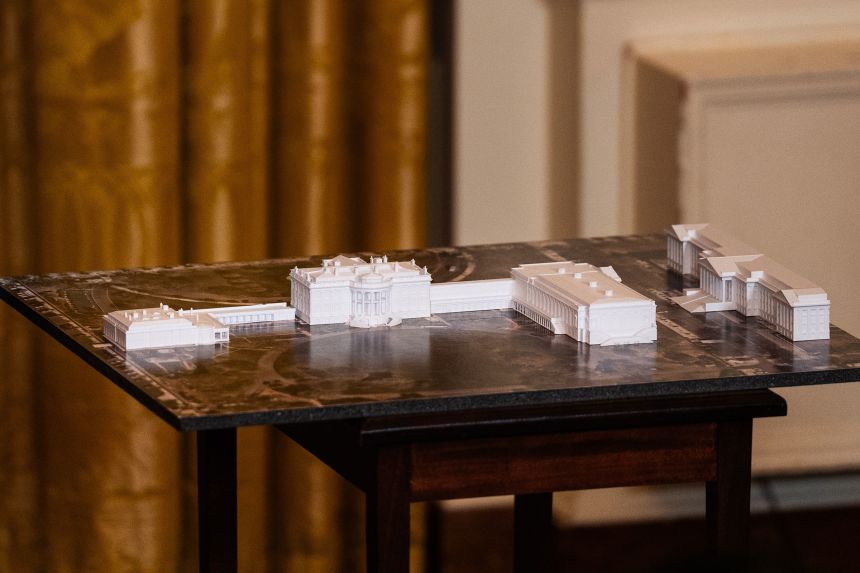
Besides his involvement in the physical renovations of his properties, Trump was diligent in navigating the legal and regulatory hurdles required to convert and expand his properties, those who worked with him said.
By comparison, the speed in which Trump bypassed any red tape and demolished the White House’s East Wing delivered a jolt to Washington. Even the president himself expressed surprise at how easy it was.
In the 1990s, Trump faced a more difficult road as he battled opposition from the town of Palm Beach and his neighbors over his plans first to subdivide Mar-a-Lago and then to turn the property into a private club.
“We had to do a whole lot of presentations to Palm Beach, and every time I’d go and do a presentation to talk about the conversion and the rezoning into a private club, all the neighbors would show up and speak against the project,” Peacock said.
Trump eventually reached an agreement with the town, but there are still disputes over the property, even today.
Choosing where to build a ballroom on the property took several years, as Trump needed approval from the National Trust for Historic Preservation, a privately funded nonprofit based in Washington. The estate was designated as a National Historic Landmark in 1972, and Trump’s agreement with Palm Beach included a conservation easement requiring sign-off from the Trust.

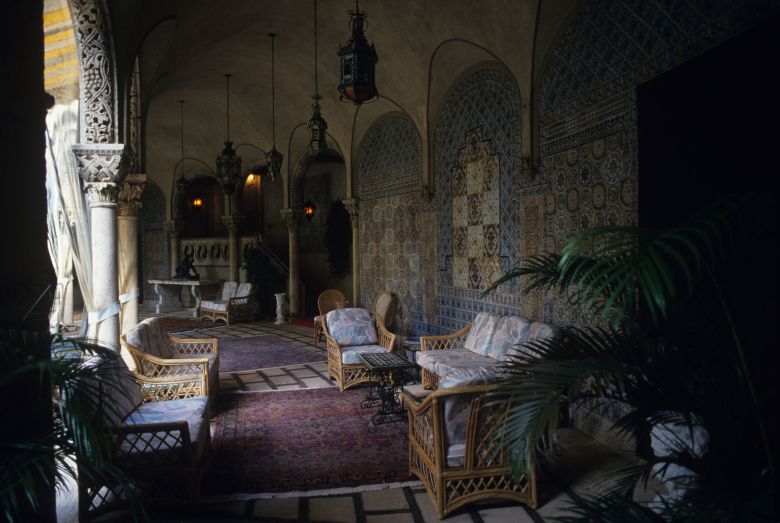
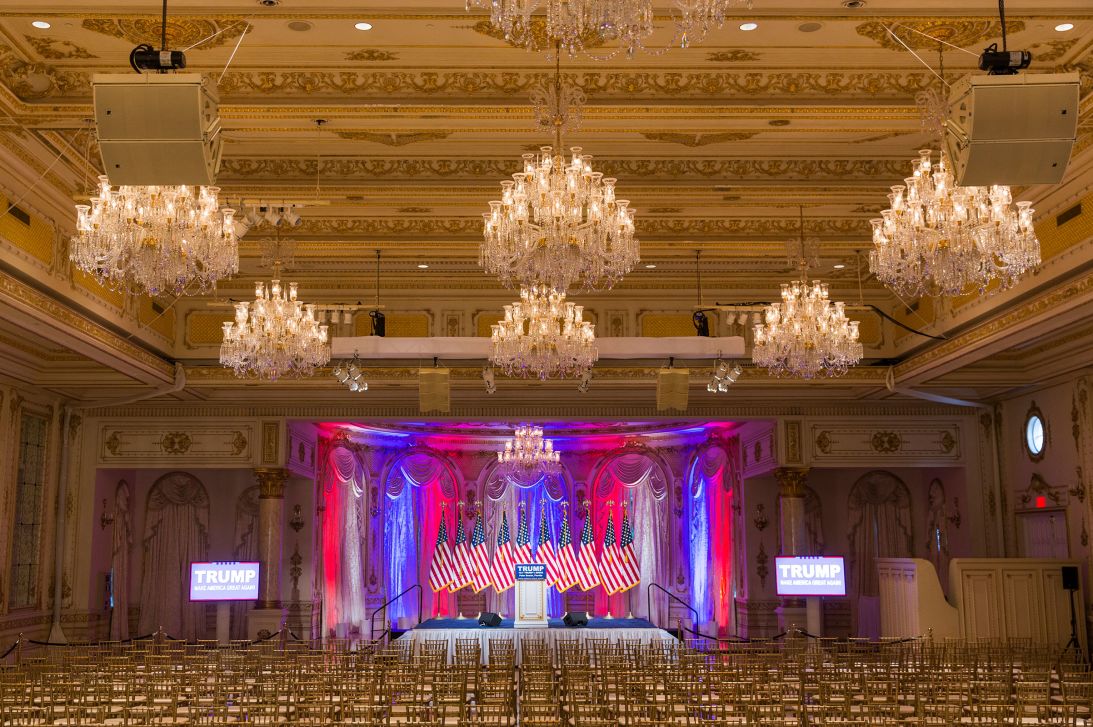
Trump was involved in the back-and-forth with the National Trust while they debated the best place to put a ballroom that would not disrupt the historic mansion, Gonzalez said.
Ultimately, they settled on a location that was the lowest on the property to satisfy concerns from the Trust, which kept the new building concealed by a tree line and connected it to the mansion with an awning.
“He took them seriously, and we used it strategically,” Blackman said. “It helped us with the town of Palm Beach to have a letter with the National Trust to say they’re OK with this location.”
With the East Wing, however, Trump has so far brushed off any preservation concerns.
Last month, the National Trust urged the administration to pause demolition of the East Wing, citing concerns that the new ballroom will “overwhelm the White House itself — it is 55,000 square feet — and may also permanently disrupt the carefully balanced classical design of the White House.”
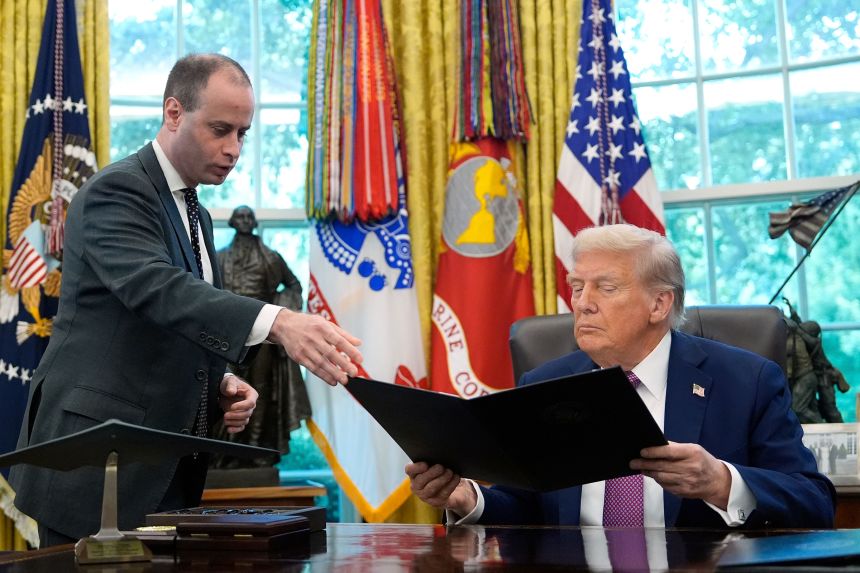
The next step for Trump is the National Capital Planning Commission, the government’s central planning agency for development in the Washington, DC, area. While the commission does not have jurisdiction over demolition, according to its prior legal opinions, the White House has said it will go to the NCPC to approve plans for the ballroom construction.
Of course, Trump will have a built-in advantage to fend off any concerns that might arise from the commission: He’s appointed Will Scharf, the White House staff secretary, as its chair.
Last month, Trump also fired six members of the Commission of Fine Arts, an independent federal agency that’s previously reviewed proposed additions to the White House.
While that’s likely to aid Trump with any construction and logistical problems with the ballroom project, he still faces a new sort of challenge while he builds: the political fight.

Democrats slammed Trump for focusing on his ballroom during the government shutdown, at a time when his administration was trying to stop the distribution of food stamps.
Republicans have worried about the optics of Trump’s opulent ballroom as the party suffered losses in the off-year elections earlier this month.
While in the minority, Democrats on Capitol Hill have launched probes into the details of the private donations that are funding the project. Apple, Amazon, Microsoft, Google, Coinbase, Comcast and Meta are among the major companies that have donated to the Trust for the National Mall, the nonprofit organization that administers the funds for the renovations.
Many of the donors, in response to requests from congressional Democrats, have defended their involvement, according to more than two-dozen letters reviewed by CNN.
The companies said they made the donations in accordance with state and federal lobbying laws and regulations.
When hosting Crown Prince Mohammed bin Salman in the Oval Office on Tuesday, Trump talked up the ballroom project and the private donations funding it, lamenting the fact that he couldn’t ask the Saudi to contribute because of restrictions on foreigners.
“This would be a perfect night to have that ballroom open,” he added.

